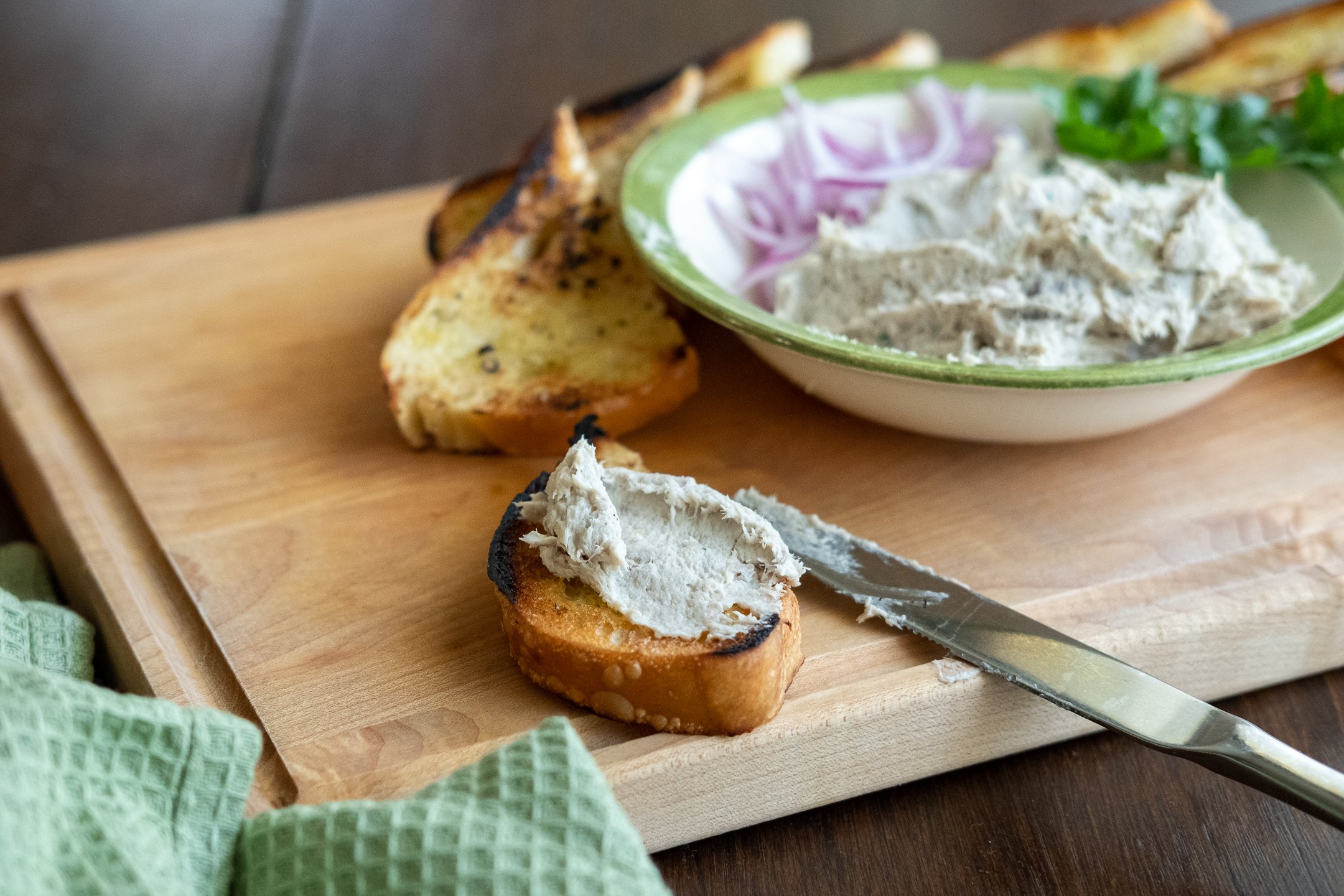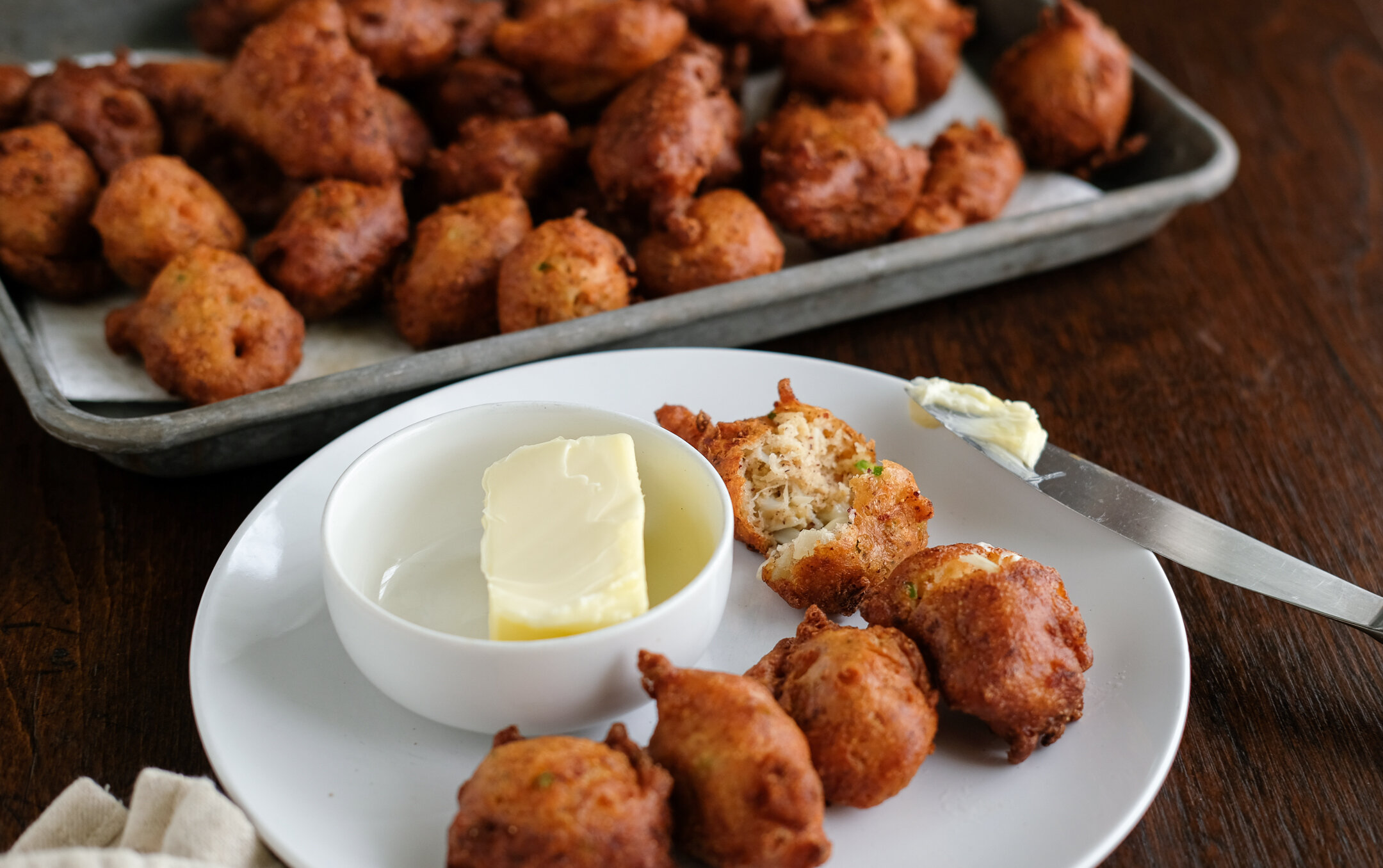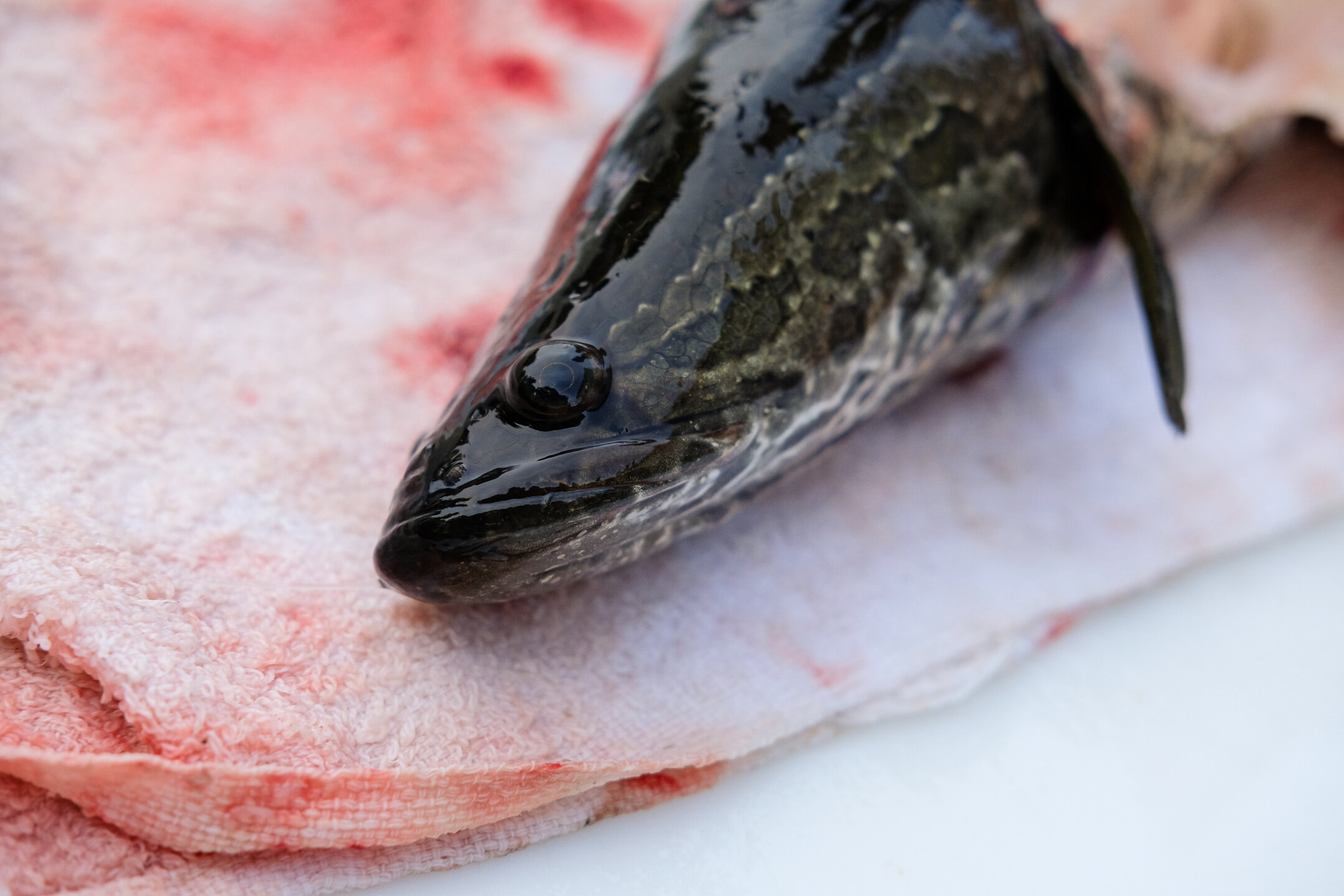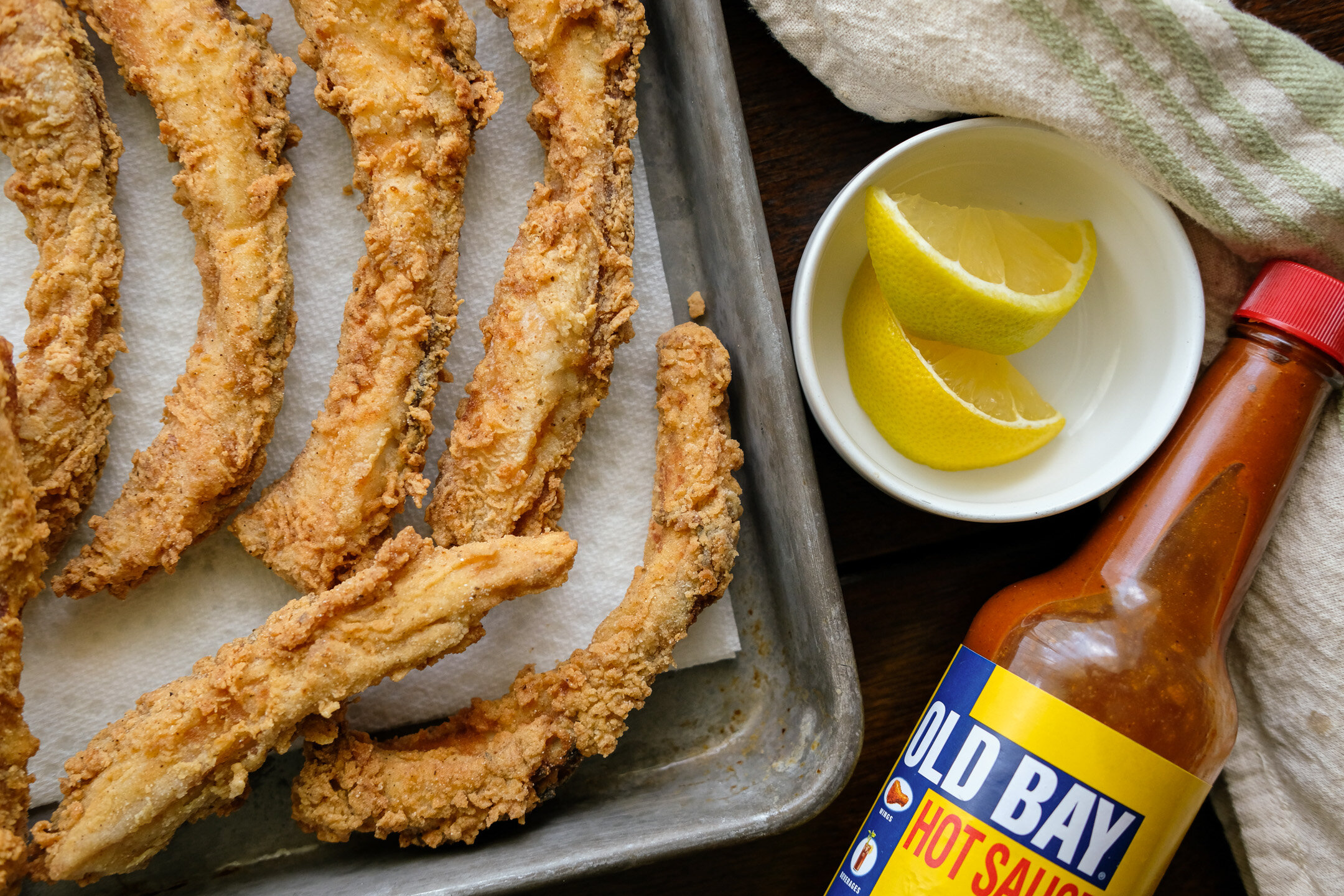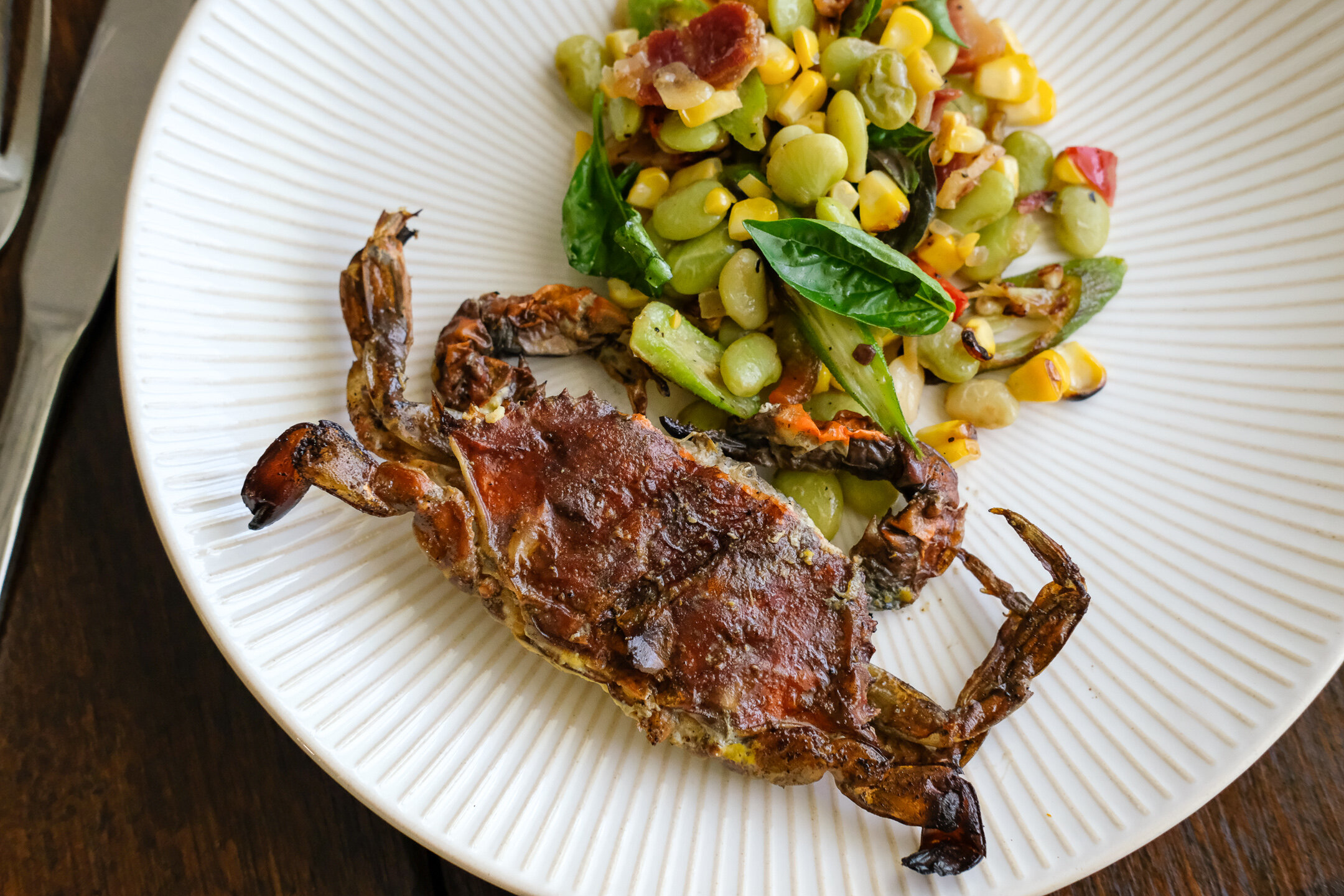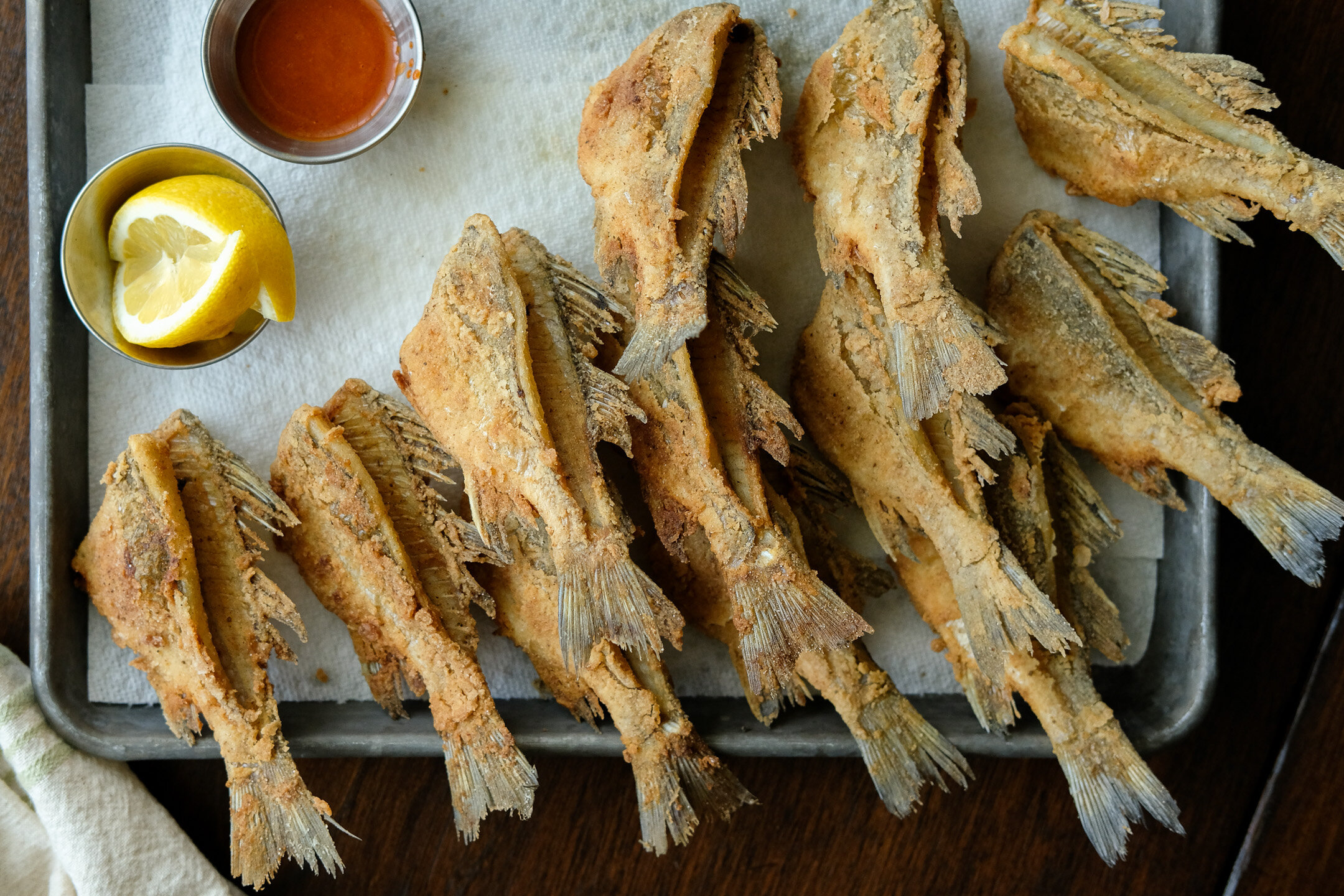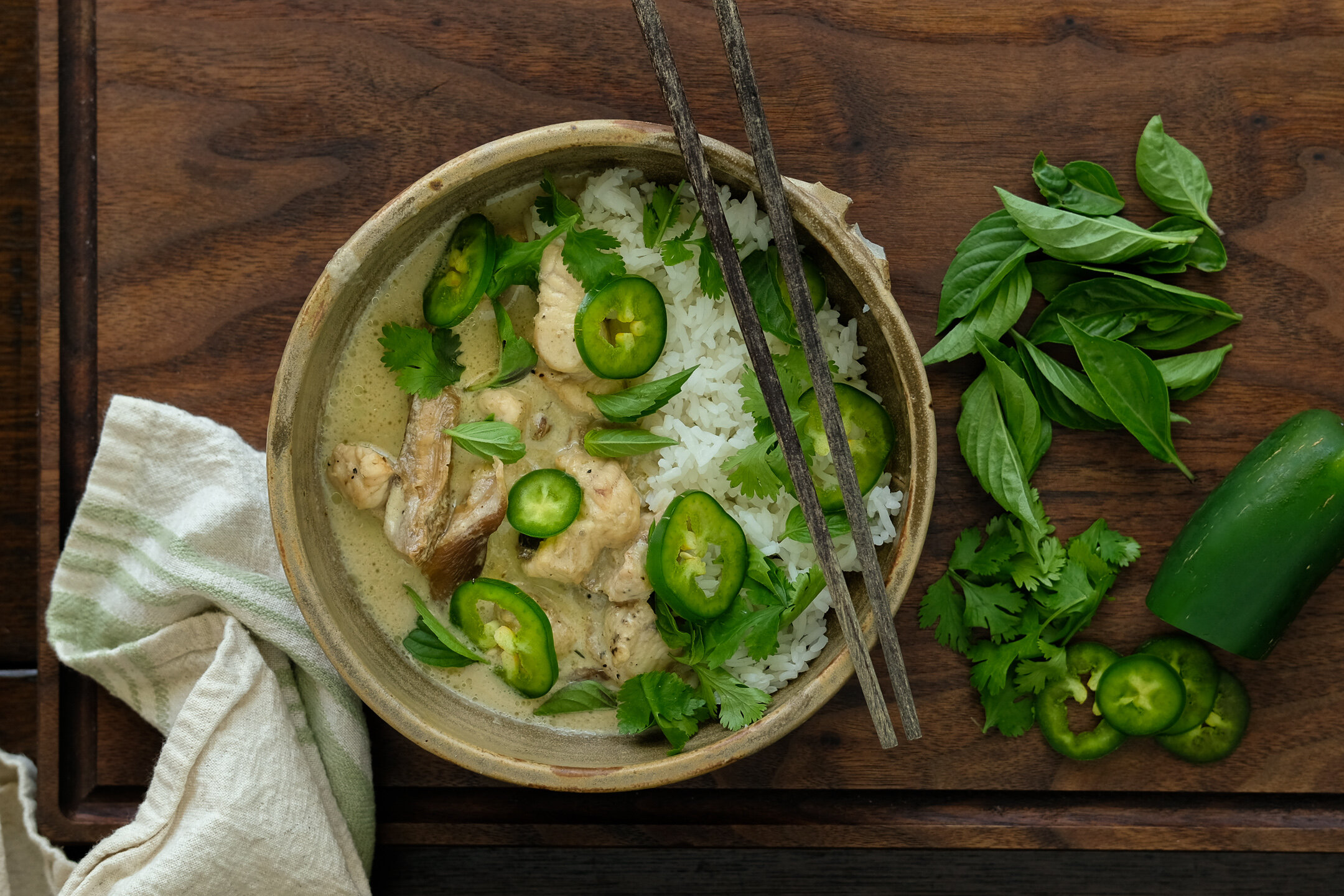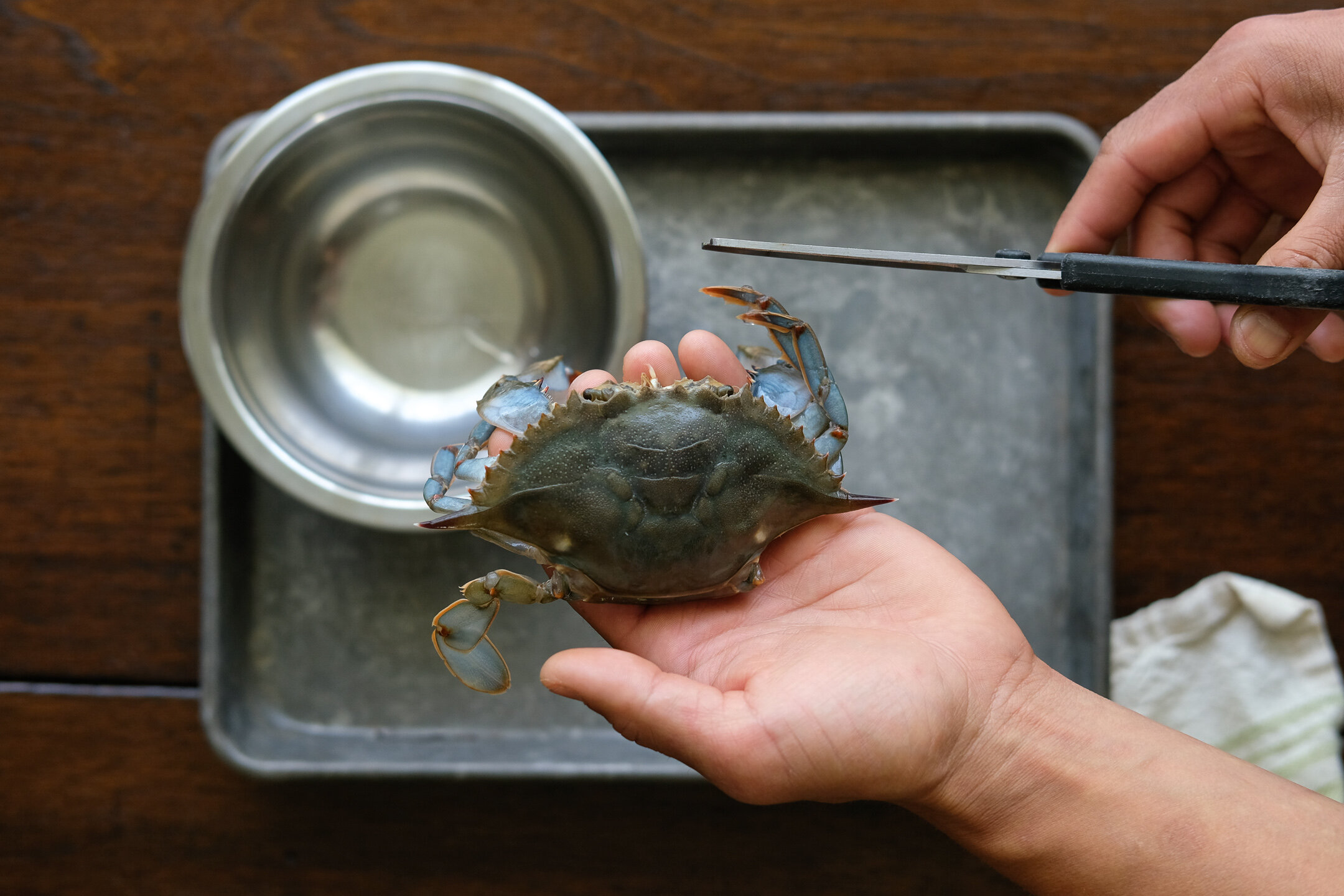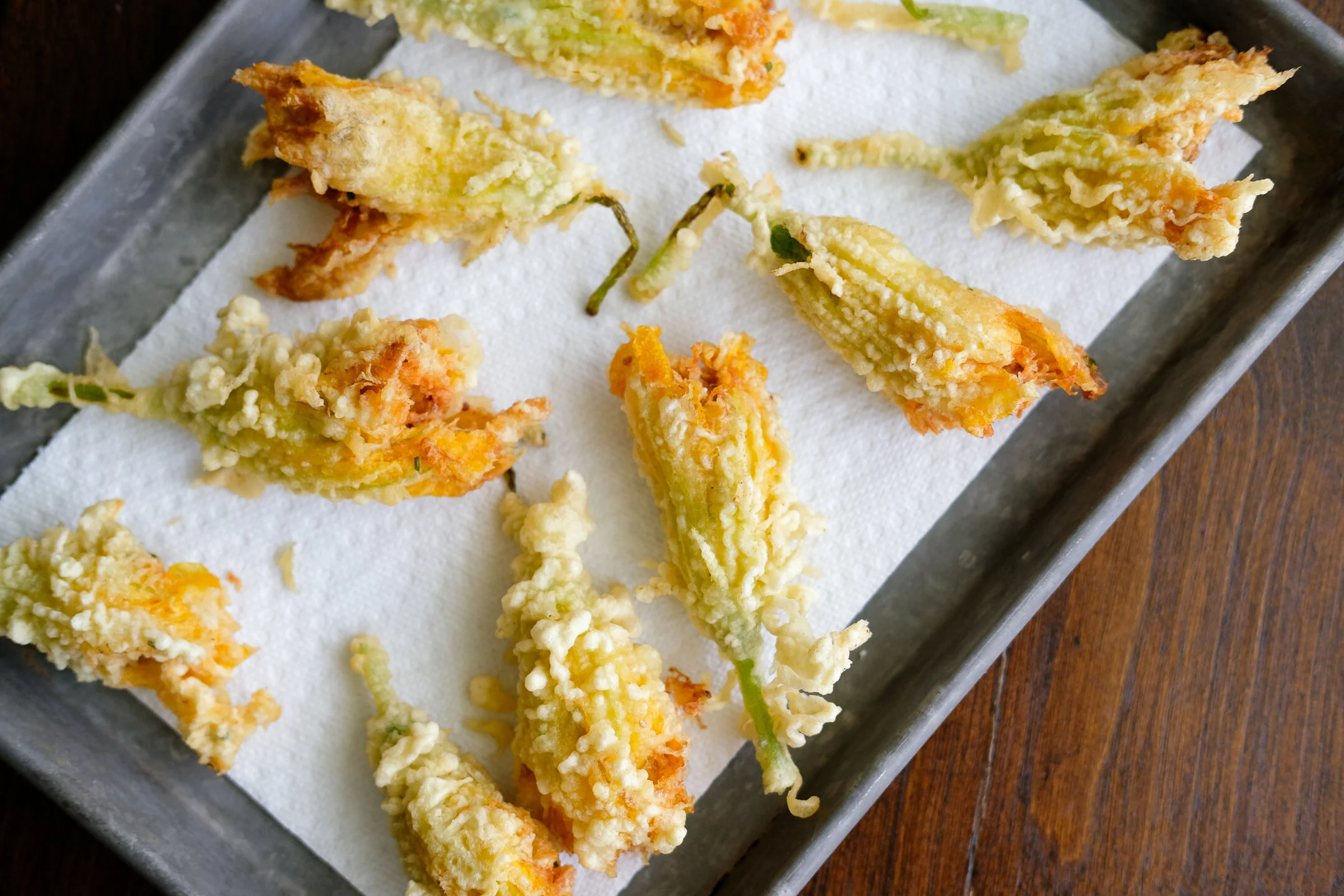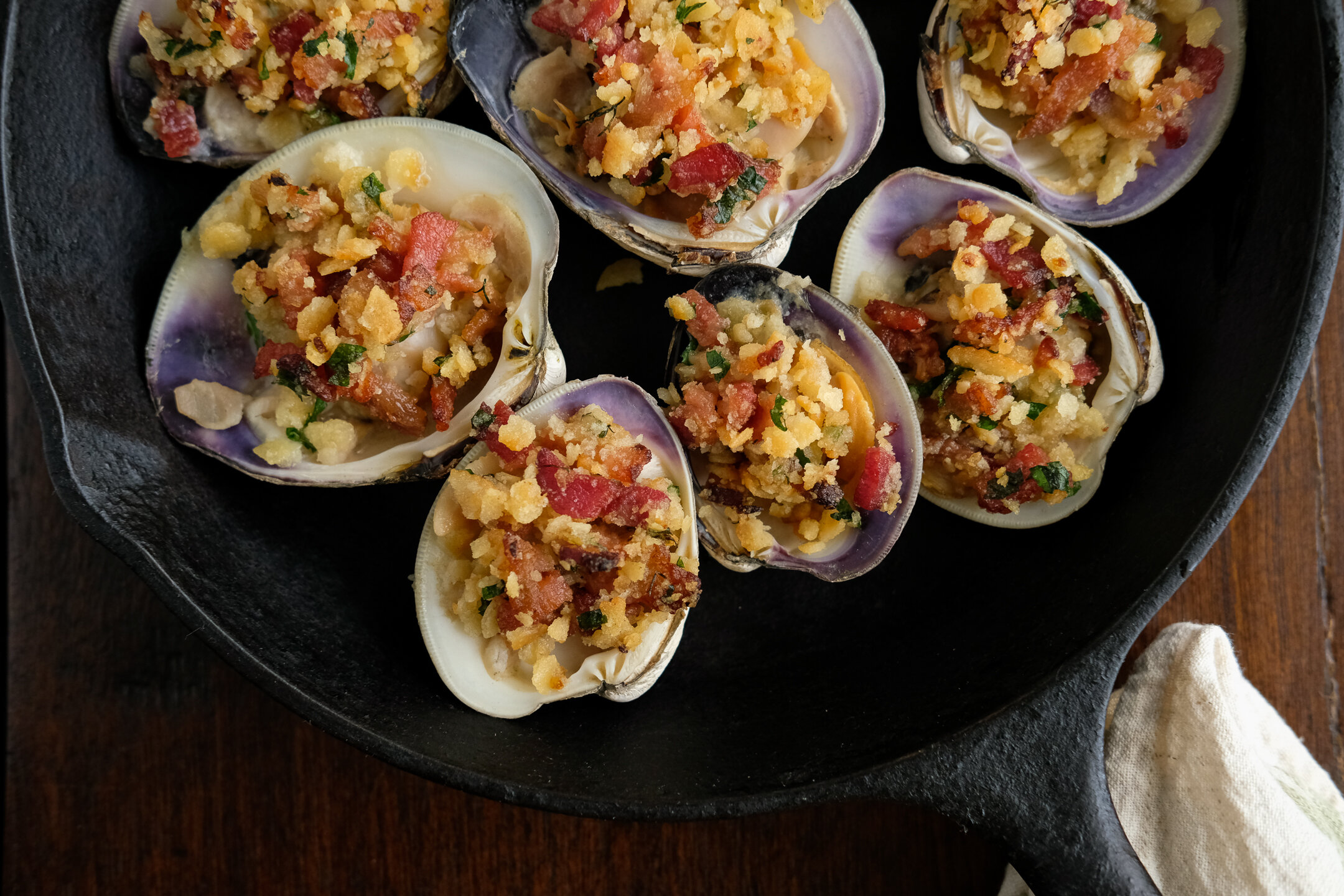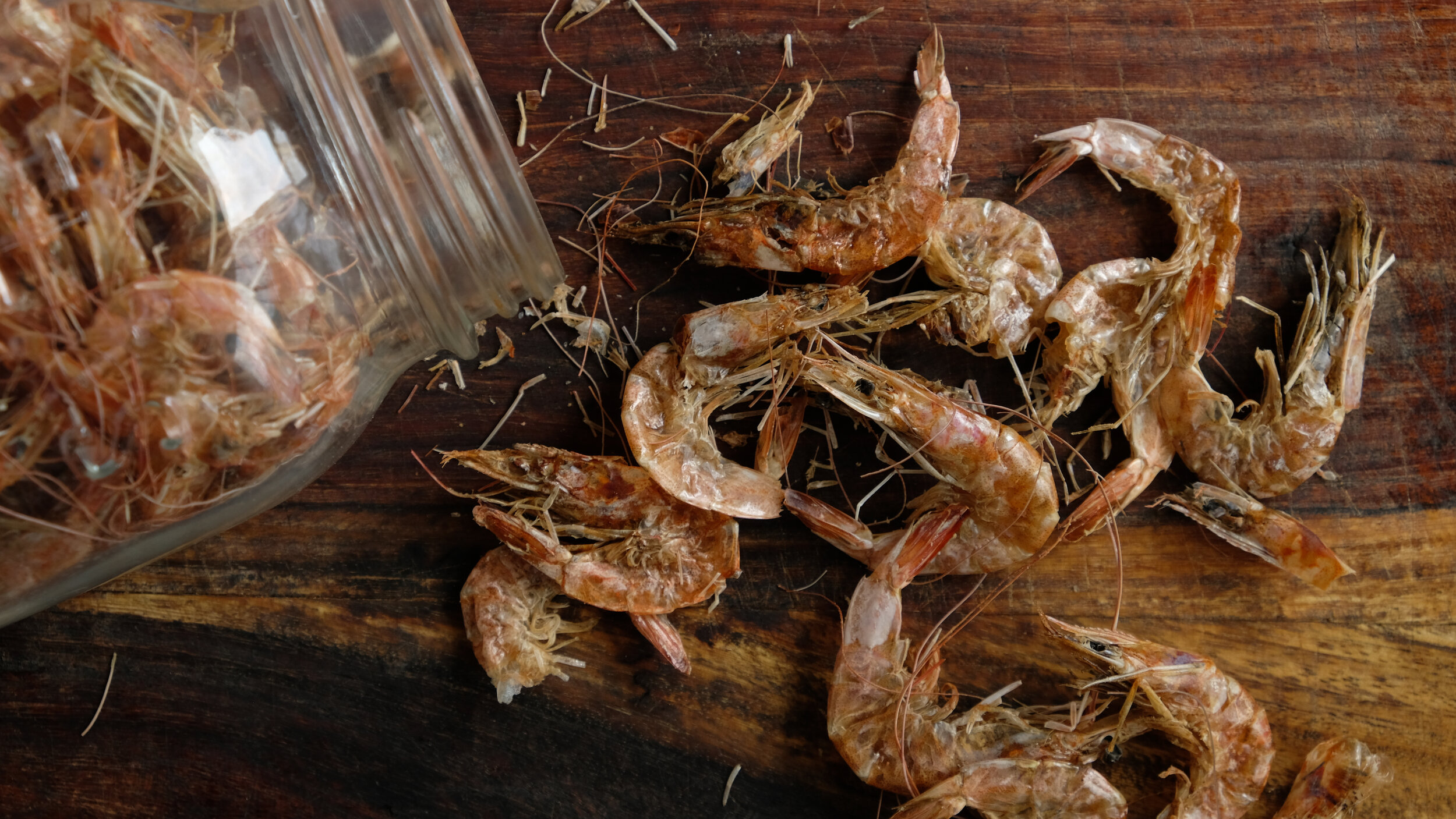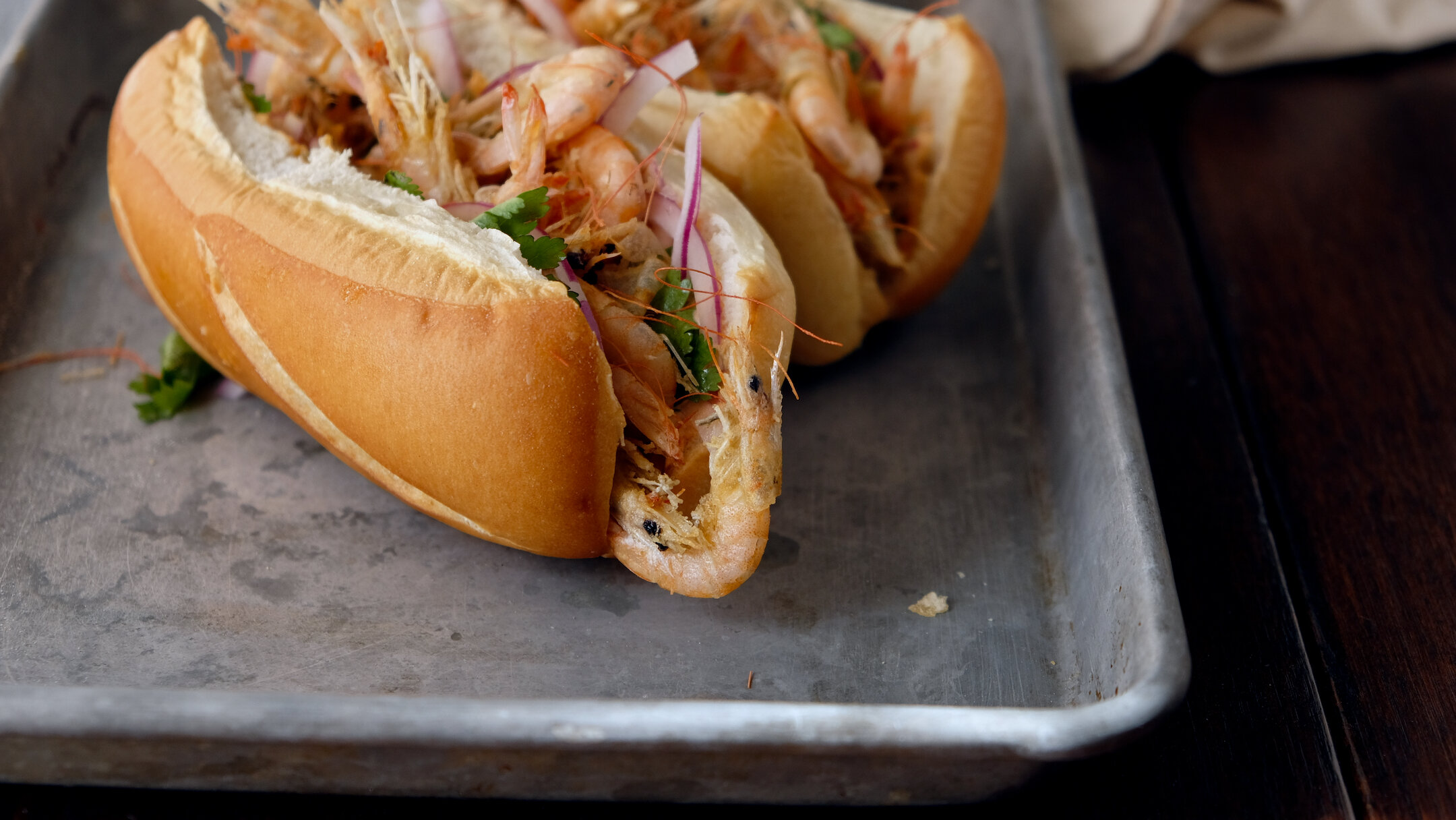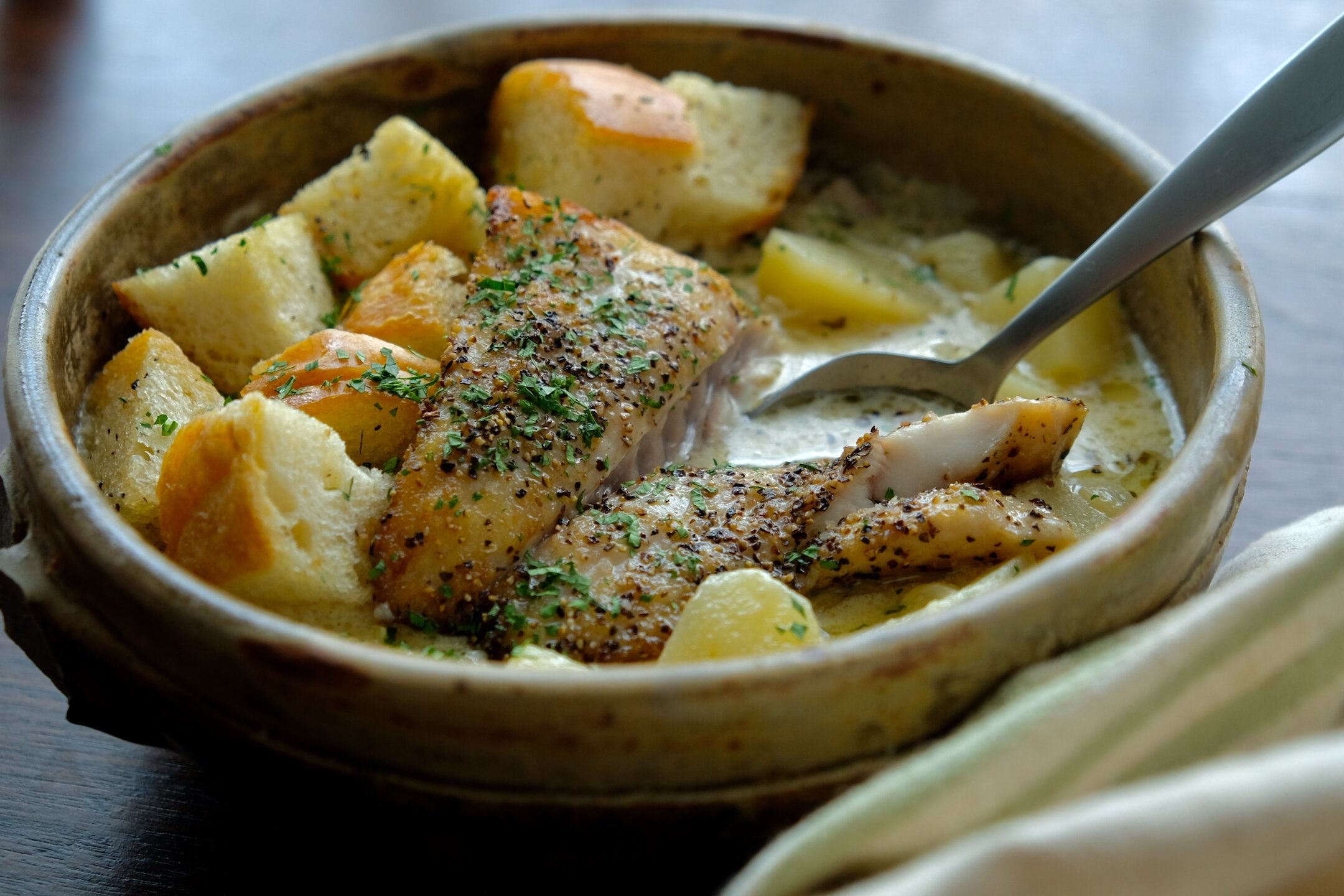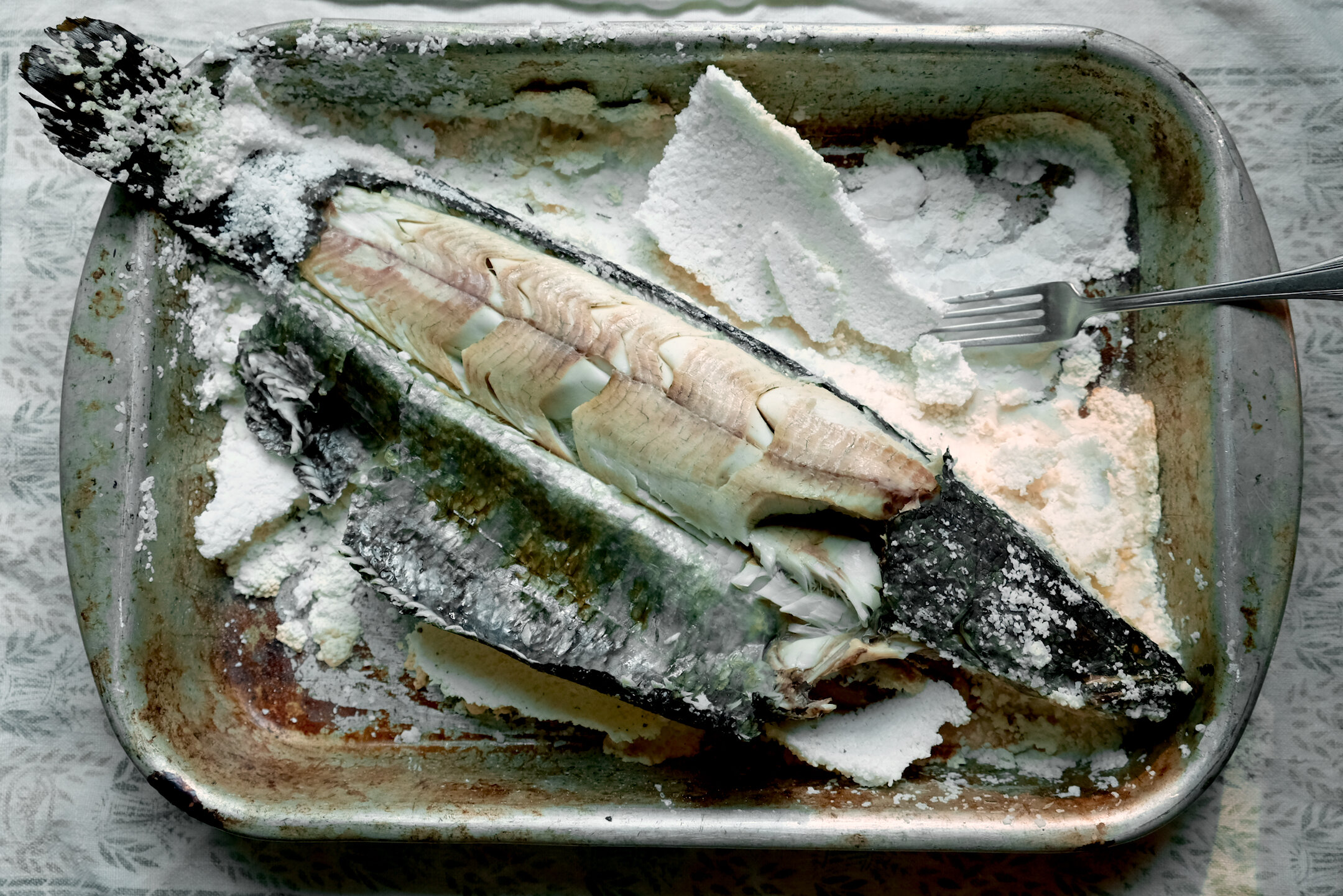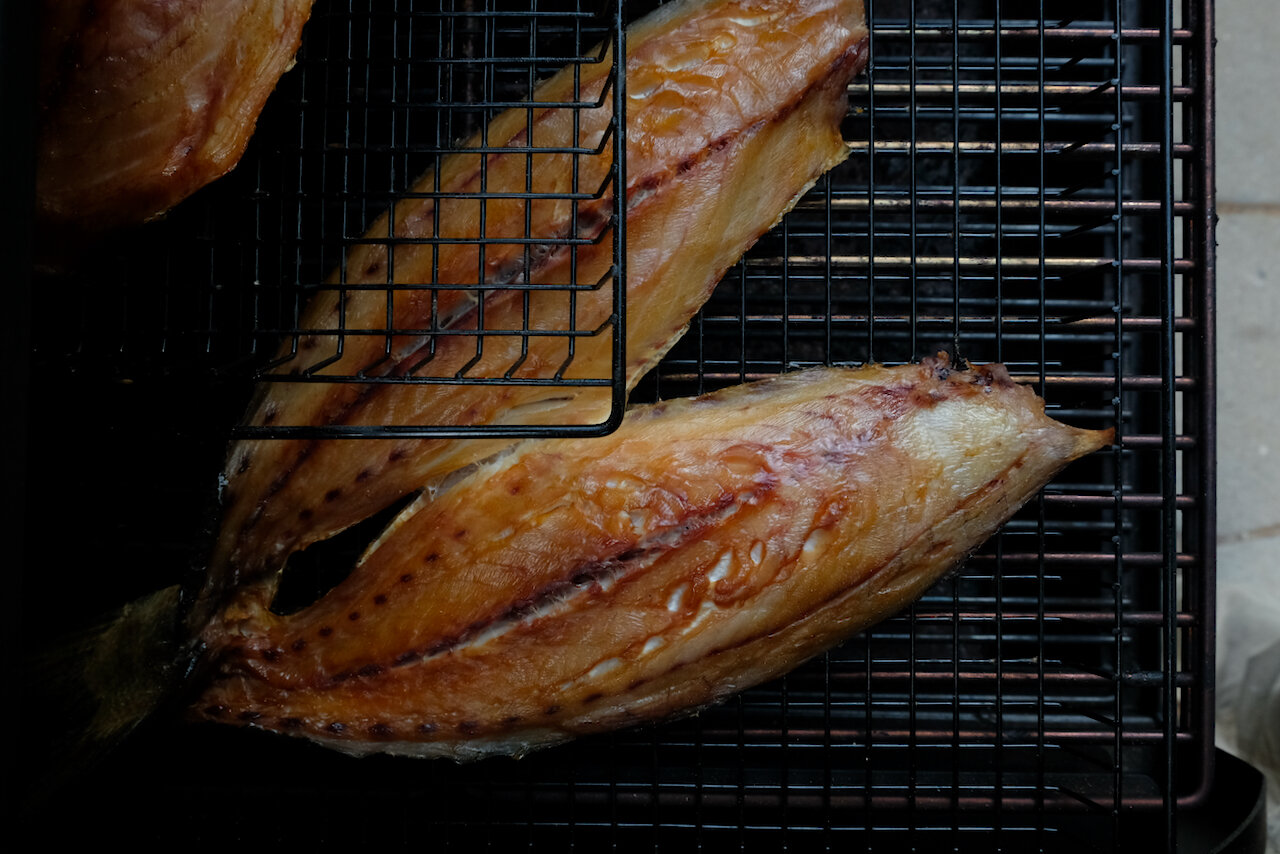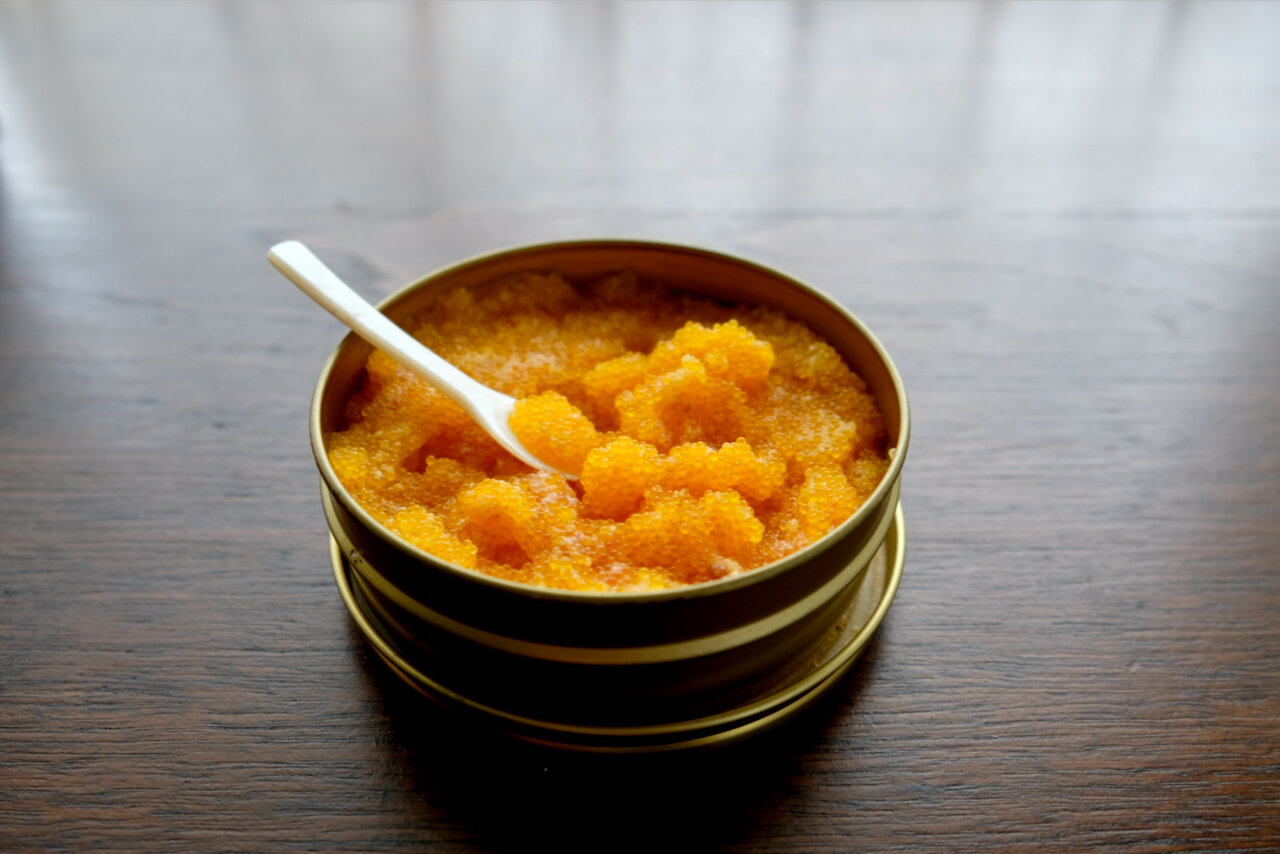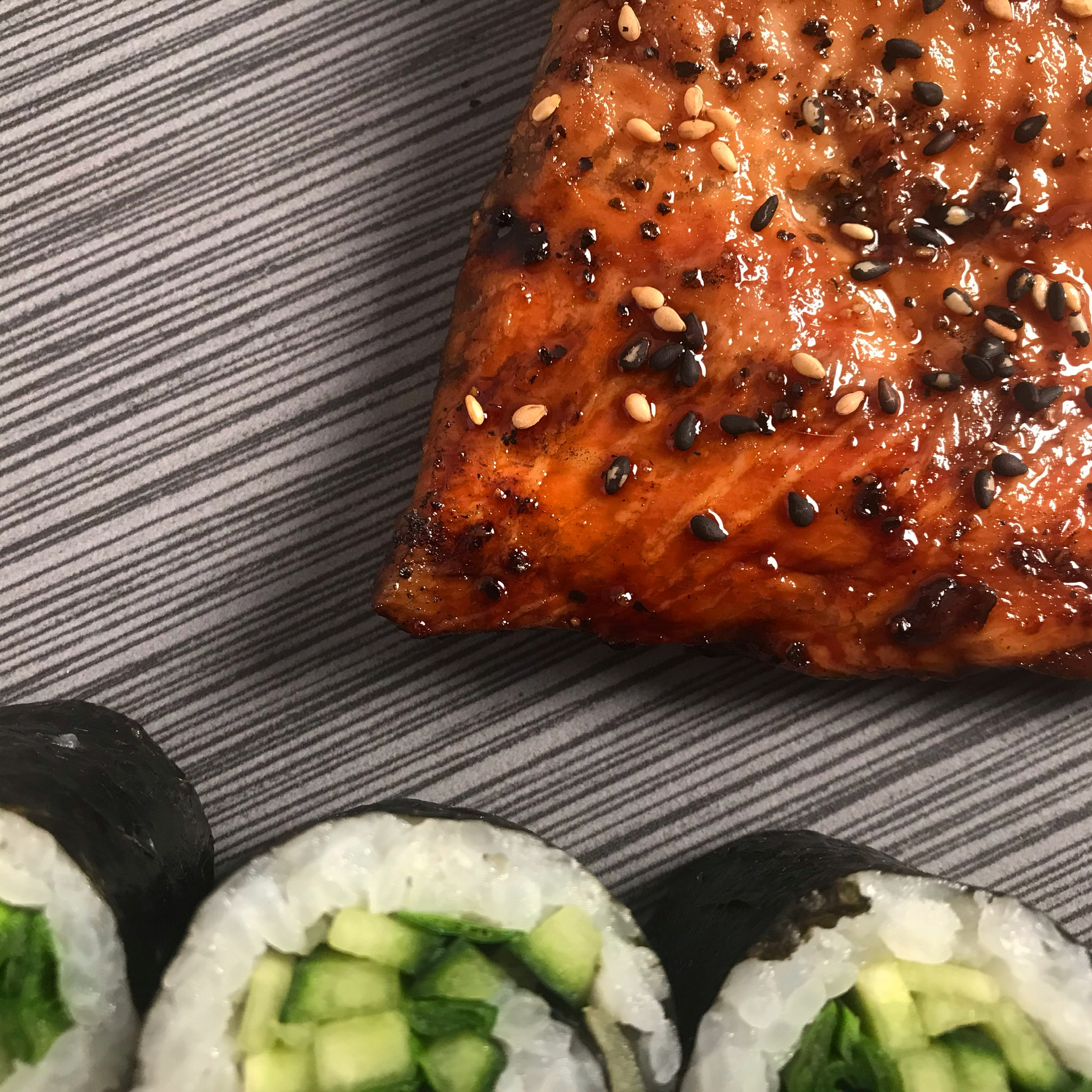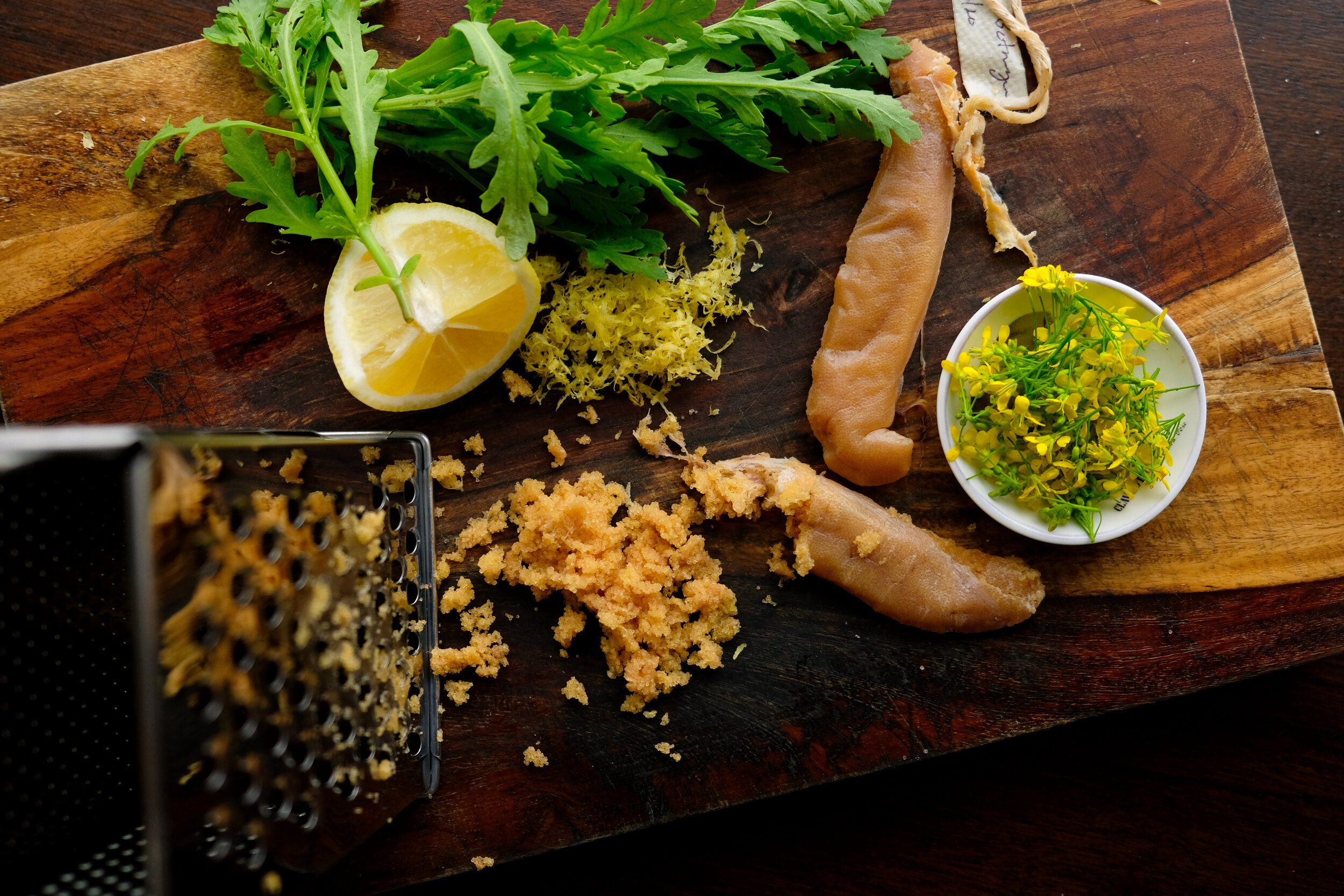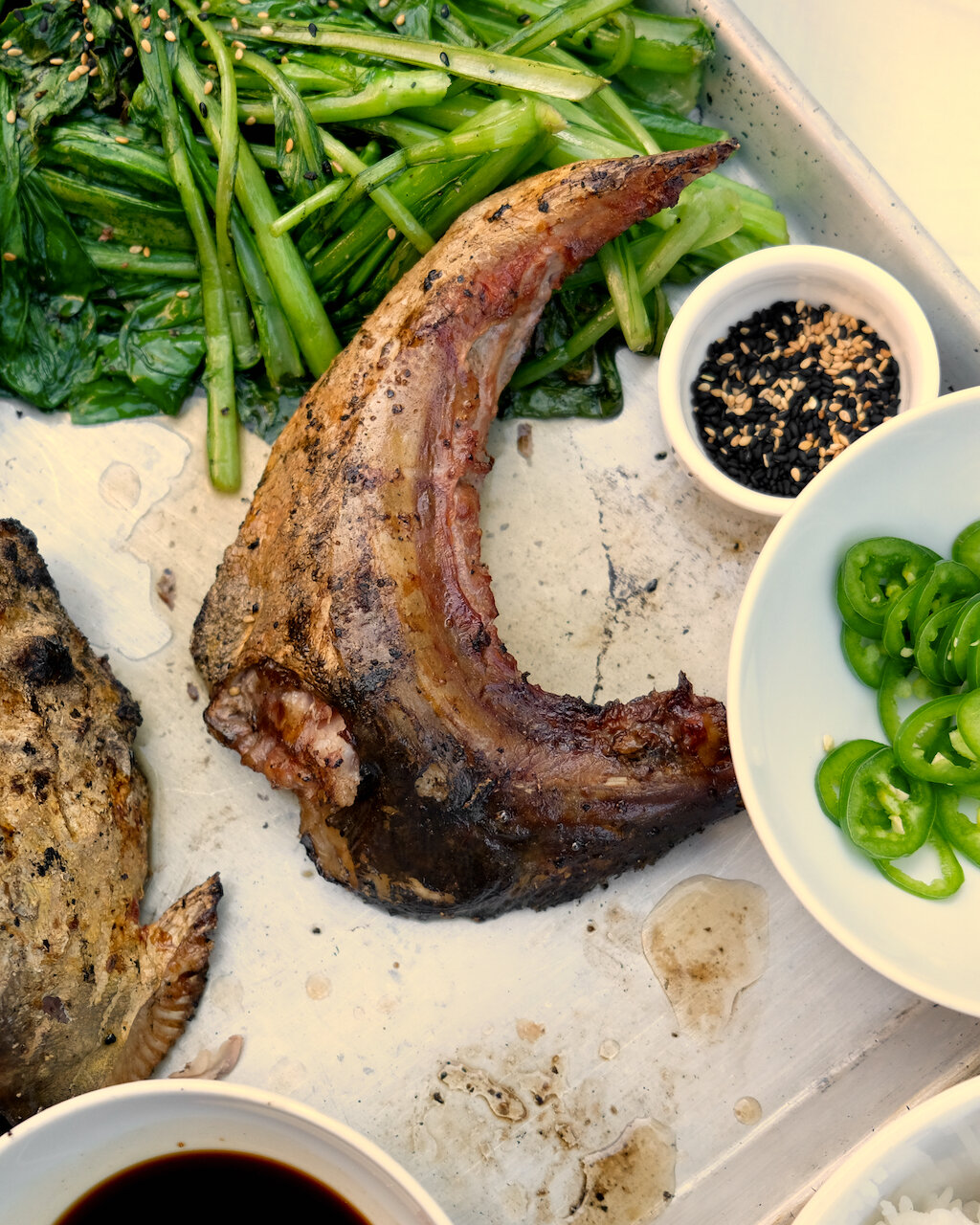Soft Shell Crab Spider Rolls
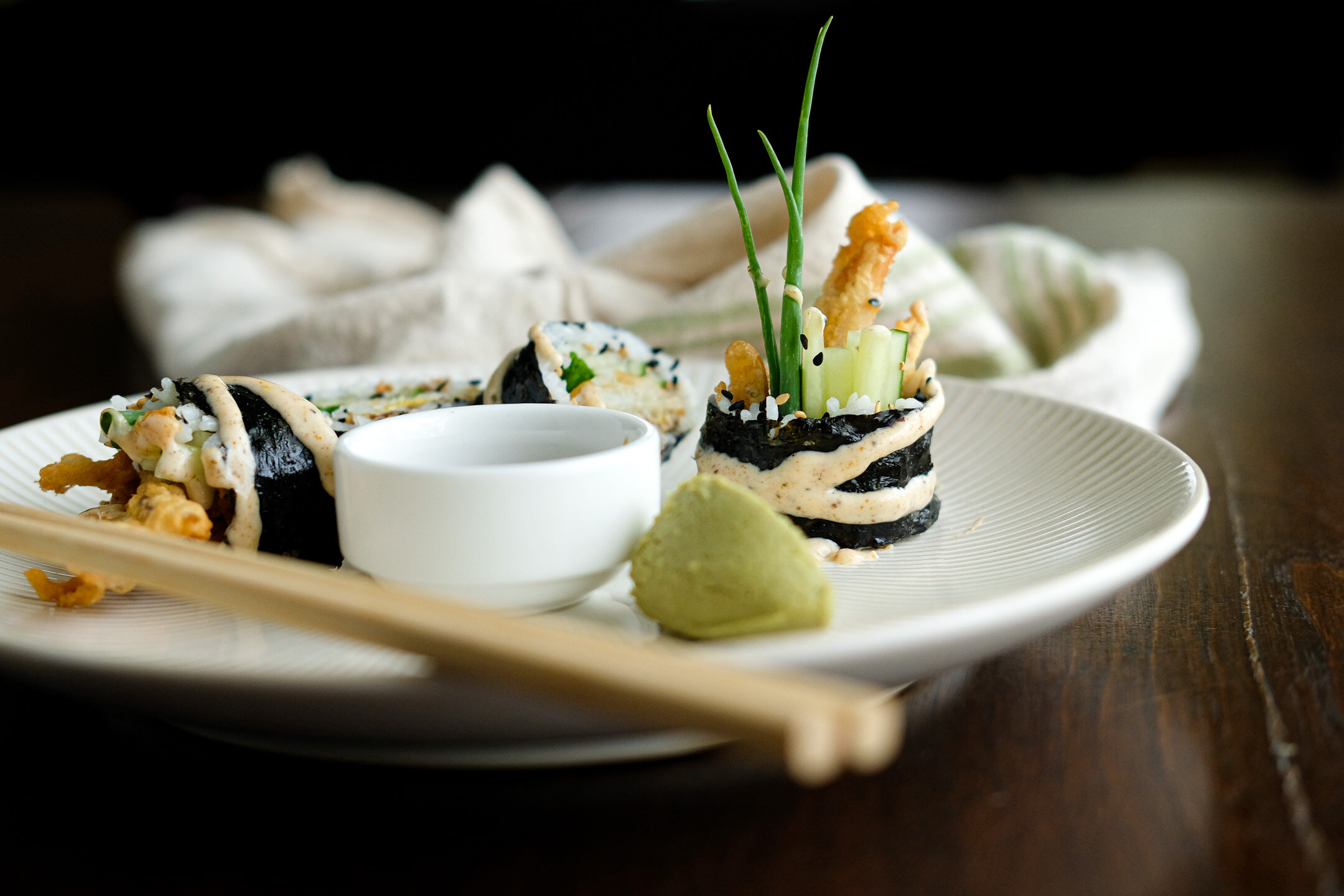
I’ve always been intrigued by liminality. It’s the feeling that you get when you’re existing in between states- the twilight between sunset and dark night, the spring evening just beginning to creak with the sound of summer cicadas. I often find my experiences thrown into sharp relief when I’m in a liminal space- the shadows of ambiguity lengthening the figures moving across my mental landscape. And while liminality, strictly defined, is the psychological state of being the one in-between states, I find myself perceiving it secondhand constantly in my search for wild foods. The half-ripe blackberry, already soft on one side; the spike buck still bleeding onto the carpet of golden beech leaves. To everything there is a season, to every season there is the shifting light, and shadow. Wild things exist in a liminal world- they are always at once the-thing-they-were and the-thing-they-will-be, sometimes living and dying in the same split-second they cross my perception. So it goes.
The blue crab is an upstanding citizen in the land of liminality. Several times a year, he nudges up against non-being, crab into not-crab. He dissolves his exterior, the thing-that-he-was, and lets his soft insides rest against the sandy bottom, hoping the grass will hide him long enough to let him harden back up, back into his crab state. Soft and pliable in the muck, he is at his weakest. His movement is slowed, senses dulled, pincers flaccid and useless. In this liminal state he is not the crab as we know him, and not yet the crab he will become. He is in-between, a temporary and completely new creature.
Plucked from the water at just this stage, the soft shell blue crab is the definition of ephemerality. He is delicate, fragile- pick him up and watch the sides of his carapace droop towards the ground. Left in the water, his shell will start hardening up within hours- like a tide returning, almost imperceptibly, the tender shell thickens, becomes hard & sharp. But the watermen have learned the art of watching, and they wait up at all hours to read the hidden signs- they pull him onto dry ground at just the right moment, making sure this new, soft, not-crab lives in it’s liminal state just long enough.
For those of us who have not learned the art of watching, the soft shell crab is a miracle. Stumbling blindly across one of these new, not-crab, animals, we are no different than the heron or red drum or osprey that has found fortune in the shallows. The shell is pliable and tender, no longer an impediment to consumption, and the crab itself is docile and resigned. We’ve caught the occasional soft shell in our dip nets, cruising the marsh edges. We often find them as doublers- a term used to describe a female, ready to molt, guarded by a bigger male, who is waiting for her to slip out of her shell to mate. But finding a doubler comes down to luck, not skill- if you want a chance at eating something this fleeting, your best odds are with the watermen, who find and tend “rank” crabs until they molt, and then gently, carefully wrap them, keep them moist and cool until they’re shipped off for consumption in their arrested growth.
On the plate, a soft shell crab is no less a miracle than it is in the water. Quickly cleaned of its gills and eyes, the still-twitching crab is cooked- generally, breaded and fried- and served whole, innards and all. You’ll find them in their short season all along the bay stacked up on a sandwich in a dive bar, or tossed with fresh pasta at a high-end place. A good, fresh crab isn’t “tinny”- you should be able to bite through the papery shell with little resistance- and is as juicy and sweet as a summertime peach.
Wade picked up a dozen beautiful crabs the other day after a morning spent cobia fishing. I rearranged my weekend around making sure I’d be home to eat them. The season is so brief, and life is so short- I wanted to make the most of it. We made spider rolls with a few of the crabs- tempura fried and rolled with cucumber, avocado, and old bay mayo, they were light, with a filling crunch, and the most satisfying thing I’ve eaten this June. If you’re lucky enough to live on the bay and can make some snakehead caviar to top it all off, you’ve got the makings of a once-in-a-lifetime meal.
Fried Soft Shell Crab Spider Rolls
Cook time: 30 minutes
Ingredients:
Sushi rice
Rice vinegar
Cucumber
Scallions
Avocado
Soft shell crabs
Sesame seeds
Nori sheets
Old Bay mayo (recipe below)
Tempura batter:
⅓ cup flour
⅓ cup potato starch
~½ cup water
1 egg
Method
Make the sushi rice. Once done, fluff and transfer to a large bowl. Allow to cool until no longer steaming, then season lightly with sushi vinegar.
Cut cucumbers into ~5” matchsticks. Slice avocado into strips. Cut green part of scallion from white and set aside.
Mix your tempura batter with chopsticks or fork. Stir lightly- overmixing will cause the gluten to bind and create a “doughy” batter. There will be clumps in the batter, this is normal. Keep the batter cold until use.
Preheat frying oil in a high sided pan to 375F.
Right before you plan on cooking the softshells, you’ll need to clean them. This is best done with a pair of scissors- cut the face off the live crabs, then lift the top carapace by the furthest point and cut the gills out at the base. Cut off the abdominal flap.
Lightly season the crabs with salt and pepper. Dunk the prepped crab into the batter, then give it one shake to remove excess batter and gently lower it into the hot oil. Frying soft shell crabs splatters a lot of oil- use a wire splatter guard if you have one. Either way, watch your eyes. Work in small batches to keep the oil hot. Flip the crabs after about a minute, then cook for another minute or two. Allow to drain on a wire rack or paper towel lined plate.
Cut nori sheets to the width of crabs, and about 7 inches long. Place a nori sheet on a sushi mat vertically, then spread a ~⅛” layer thick of seasoned rice onto the nori, starting from the end furthest from you and working towards you. You’re almost going to “smear” the rice onto the nori, so give it a little pressure to make it all stick. Season the rice with sesame seeds.
Place some cut cucumbers, scallion, and avocado half way up the layer of rice. Place crab on top of this. Using the mat, roll the edge of the nori away from you. Apply pressure to keep the roll tight, but be careful to not tear the nori.
Complete the roll. Repeat until you have all your crabs rolled. Cut into bite sized disks. Top with a little Old Bay mayo and serve with wasabi and soy sauce on the side if you like.
Old Bay Mayo:
½ cup mayo
Juice of 1 lemon
Zest of ½ lemon
2 tsp Old Bay
Combine ingredients and mix well. Store cold. This mayo will last weeks, use it on anything that needs a little Chesapeake Bay flavor.






